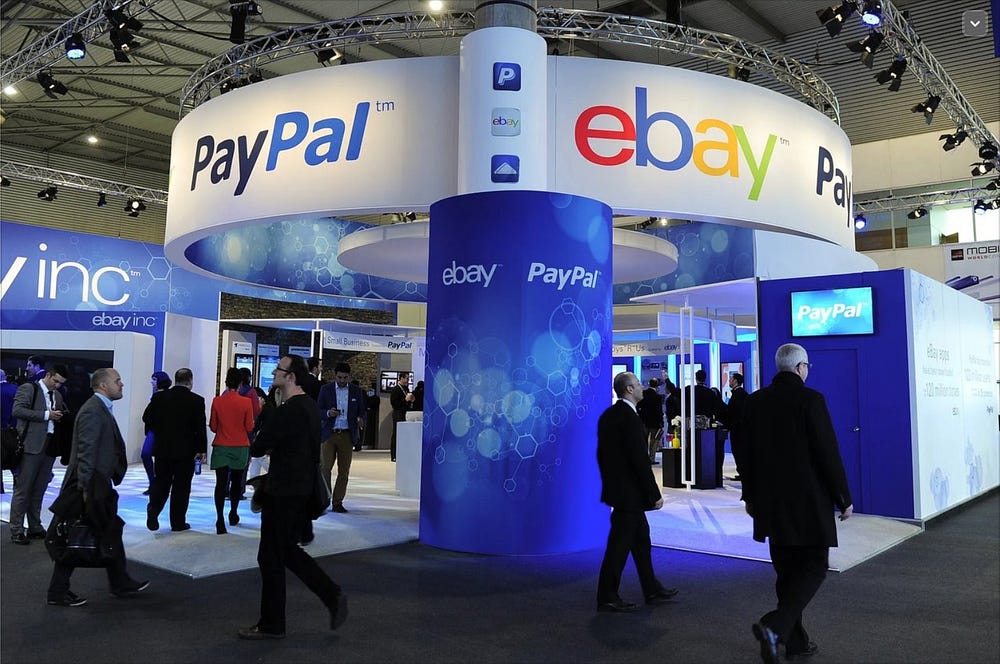How PayPal’s Referral Program Revolutionized Digital Marketing: A Lesson in User Acquisition
In the late 1990s, digital marketing was still in its infancy. Many companies struggled to break through the noise, spending heavily on advertising while seeing little return. But then came PayPal. This fintech giant didn’t just break through — they reshaped the way businesses approach growth. And a lot of that success can be credited to one ingenious strategy: their referral program.
As an aspiring product manager fascinated by how companies innovate to drive growth, I’ve been studying the lessons from PayPal’s early days. Let me walk you through their story and the insights I think we can all learn from.
Overcoming the Initial Struggles
Before launching their referral program, PayPal was facing the typical challenges that many startups encounter:
- High customer acquisition costs — Traditional marketing wasn’t delivering results.
- Partnership misfires — Collaborations with large banks, while logical, led to bureaucratic delays and failed to connect with users.
- Building trust in a nascent market — In the 90s, people were wary of online payments. It wasn’t easy convincing consumers to trust digital transactions.
And PayPal needed growth — fast. Their answer? A referral program that would incentivize users to share their platform with others.
The Genius of the Double-Sided Referral Program
At the heart of PayPal’s strategy was the double-sided rewards system. This wasn’t just a win for new users, but for existing ones too. Here’s how it worked:
- New users received a sign-up bonus.
- Existing users who referred new members were rewarded as well.
This approach didn’t just drive sign-ups — it created a viral loop. Users were excited to share PayPal with others, knowing they’d benefit personally. In its early days, PayPal offered a generous $20 to both parties. The results were staggering:
- 1 million users in just two years.
- By 2002, PayPal had exploded to 100 million users.
This rapid growth wasn’t just luck — it was strategy.

Why It Worked So Well
There’s a reason PayPal’s referral program is still studied by product managers and marketers today. It was brilliantly simple but also deeply aligned with their product. PayPal’s core service was easy money transfers, so it made sense that their rewards were financial.
But it wasn’t just about giving money away. PayPal required new users to link their bank accounts or credit cards and complete a transaction to unlock rewards. This meant people weren’t just signing up — they were using the platform.
They also showed incredible foresight by gradually adjusting the rewards as they grew. Once they had momentum, they lowered the incentives, moving from $20 to $10 and eventually $5, ensuring that their acquisition costs remained sustainable.
Growth Through Communities
PayPal also found success by connecting with eBay sellers. Many sellers on eBay started using PayPal because it made their transactions easier. As these sellers talked about PayPal in their listings, they spread the word even further.
This kind of organic growth, driven by real users, helped PayPal grow even faster.

What We Can Learn
PayPal’s story offers some great lessons for anyone building a product or business today:
- Align rewards with your product — PayPal’s rewards encouraged people to use their core service — transferring money.
- Scale smartly — At first, they offered big rewards to grow quickly, but later, they lowered the amount to keep it affordable.
- Community-driven growth — Instead of just relying on paid ads, PayPal let its users (especially eBay sellers) spread the word.
Final Thoughts
PayPal’s referral program shows how powerful a simple, user-driven strategy can be. It wasn’t about flashy ads but about creating a system where users wanted to bring in more users.
As I continue learning about business, design, and tech, stories like PayPal’s inspire me to think about how we can create growth through smart strategies and community-building.
Thank you for taking the time to read! 🙌 If you enjoyed my content or find it helpful, feel free to follow me for more insights and updates. Let’s stay connected! 👋 As I have started a series where I will learn and discuss how global /Indian companies make successful products. This is your friend Swarnadeep Debnath sign in out.